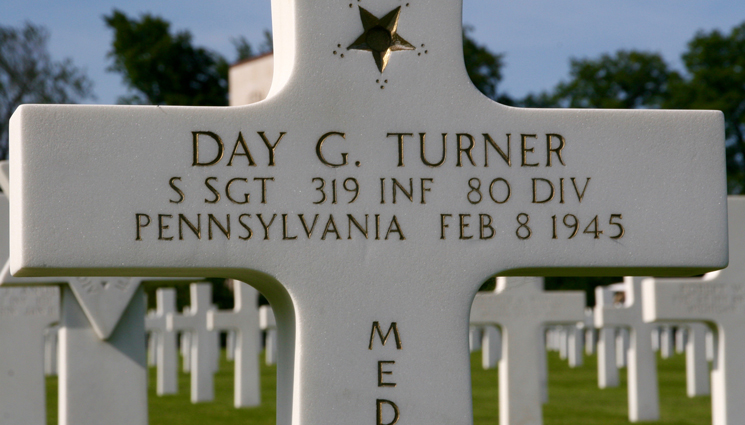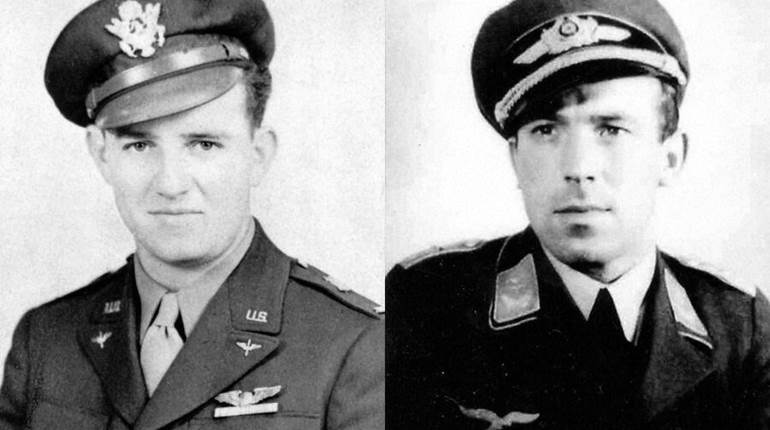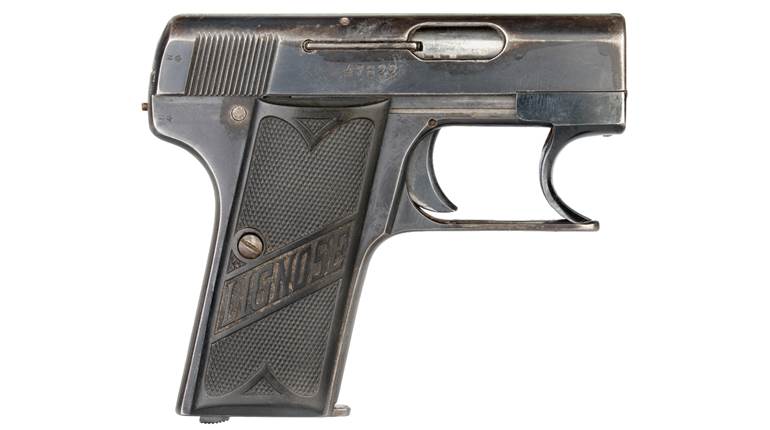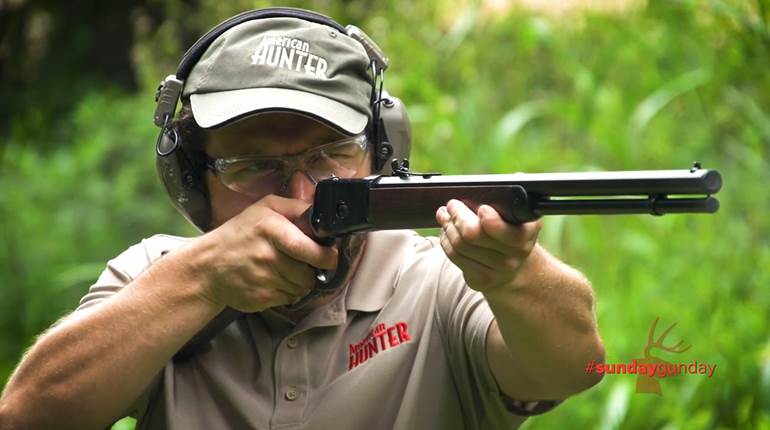
The sheer size and scale of the Battle of the Bulge gave rise to so many feats of arms that examples of individual heroism have tended to get swallowed by the big picture. As the largest battle fought by the U.S. Army during the Second World War, the Bulge was the biggest picture in a conflict that was big to begin with.

Nevertheless, this battle exposed thousands of Americans to the harsh realities of combat in the bleak mid-winter of 1944/1945 along a 50-mile front stretching across southern Belgium and northern Luxembourg. Overwhelmingly, the historical memory of the Battle of the Bulge concentrates on events that unfolded in the north during the opening 10 days of the fighting: A tragic massacre of U.S. troops near Malmedy, the dramatic battle to halt the advance of Kampfgruppe Peiper, and the heroic defense of the city of Bastogne are, understandably, well-remembered chapters of the story.

The fighting in Luxembourg has not been as popularized, particularly the fighting that took place there after Christmas. Although the examples are numerous, one particularly noteworthy engagement unfolded around the village of Dahl during the first week of January 1945.
By that stage in the Battle of the Bulge, the 80th Infantry Division was attacking northward into the left flank of the German Seventh Army. With the 26th Infantry Division to its left, and the 5th Infantry division to the right, the 80th Division’s 319th Infantry Regiment liberated Dahl and established a perimeter of outposts there on January 6. The following day, two battalions of the German Army’s Führergrenadier Brigade launched a counterattack to recapture the town, but it did not succeed. Then, at 4:30 am on Monday, January 8, German artillery opened fire with a preliminary artillery bombardment directed against the U.S. positions. After 45 minutes, the shells stopped falling and the Führergrenadier Brigade attacked again—this time simultaneously from three directions.

With the support of eight tanks and three assault guns, 400 infantrymen surged through knee-deep snow toward the outposts of the 319th Infantry Regiment’s 1st Battalion. As the Germans began to advance, a section of 60 mm mortars fired illumination rounds that lit the pre-dawn darkness and made it possible for the GIs in Dahl to deliver accurate fire against their attackers.
Soon, six of the German tanks had been knocked out, slowing the momentum of the first wave of the attack. But the battle was far from over. Shortly before noon (January 8), the Germans attempted to outflank Dahl to the northeast with a second wave attack that pushed south from the village of Nocher and onward toward a farm called Am Astert. After moving into position at the base of the ravine separating the two villages, the attacking platoon had to advance 575 feet (175 meters) up hill to reach the farm—an effort that would have been easily accomplished had there been no opposition. But a lightly armed, nine-man squad from B Company/319th Infantry lead by Staff Sgt. Day G. Turner had established an outpost at Am Astert two days earlier and they were ready and waiting.

Born in Berwick, Pa., on Sept. 2, 1921, Turner was drafted into U.S. Army service just after his twenty-second birthday and swore his oath at Wilkes Barre, Pa., on Sept. 16, 1943. After basic training, he was assigned to B Company, which, on July 1, 1944, departed from the New York Port of Embarkation for service overseas. Turner and the rest of the men of B Company landed on Utah Beach on August 5 and, soon thereafter, experienced combat for the first time during the Battle of the Falaise Pocket.
As an important part of General George Patton’s Third Army, the 319th Infantry was to the south when the Battle of the Bulge started in mid-December, but the regiment was soon moved north into Luxembourg to join the fight. Just after the New Year, the 80th Division threw all three of its infantry regiments—including the 319th –into the German Seventh Army’s left flank as a part of the mass attack that brought the men of B Company to the village of Dahl.

When the action there began during the pre-dawn hours of January 8, Turner and his men occupied foxholes in the frozen pasture adjacent to Am Astert, but the young Staff Sgt. quickly pulled everyone back into the farmhouse as the enemy kicked-off its mid-day flanking maneuver. When German infantrymen emerged from the treeline and attempted to charge up the gently sloping hillside, Turner ordered the squad to open fire from windows on the second floor. At a range of less than 200 meters, Turner’s outpost slaughtered the attacking German force with accurate fire from their M1 rifles, breaking the back of the first wave.
After being beaten back by accurate rifle fire during the first attempt to capture Am Astert, the Germans tried again during the afternoon. But this time they were smart and did something that gave their infantrymen a critical advantage: They delivered a concentration of smoke rounds from the 80 mm mortars supporting the attack. As these mortar rounds landed around the farmhouse, the thick white clouds that billowed from them obscured the approach of another wave of infantry as it stampeded up the hill. But in addition to the smoke, accurate high explosive mortar fire rained down around the house in a barrage that killed one of the American defenders.

Turner knew that the hammer was about to fall, so he moved from room to room, redistributing ammunition and otherwise preparing the squad for what was about to happen. When they got close to the top of the hill, the mortar fire lifted and the new wave of German infantrymen closed-in on the eight surviving Americans. From his position on the second floor, Turner caught a brief glimpse through the smoke of troops rushing toward the front of the farmhouse. Then he heard the enemy trying to kick in the front door. Determined to keep them out, he rushed to the top of the stairs just as five enemy soldiers broke through the doorway and attempted to climb them.
Turner shouldered his M1 rifle and pulled the trigger, but the Garand only gave him two shots, and then it locked open with a ping as the en bloc clip ejected from the weapon. The three survivors pushed the bodies of their two dead comrades aside and continued climbing the stairs toward Sgt. Turner with his now-empty rifle. Out of ammunition, the 23-year old Staff Sgt. reached for the closest object that could be used as a weapon—a nearby oil lamp. He hurled the lamp down the stairs at the three remaining attackers and, when it shattered, flames engulfed them from head to toe. The three burning men immediately ran back outside, dropped to the snow-covered ground, and began to roll around trying to extinguish the flames.
A second group of attackers rushed through the door, but Turner tossed a hand grenade down the stairs at them and dashed into another room to shelter from the explosion. But the enemy kept coming. After the grenade blast dissipated, two Germans stormed up the stairs and into the hallway of the second floor, but Turner bayoneted the both of them before they could raise their weapons. He then grabbed an MP40 from one of the men he had just killed, and used it as he proceeded to fight from room to room, driving even more attackers out of the house.
By that time five of Turner’s men had been wounded and the enemy was beginning to surround Am Astert, but Turner refused to surrender. He ordered his remaining two unwounded soldiers to follow him, and lead them out into the snow to keep fighting what was left of the German attacking force.
When they emerged from the house, they collided with a squad of Germans who had only just reached the farm. Still armed with a captured MP40, Turner opened fire on the squad leader, killing him as the others scattered. He reached for another grenade, tossed it around the corner of the house, and charged after the explosion. Rounding the corner, he found 25 leaderless, stunned and wounded enemy soldiers anxious to surrender.
The bodies of eleven dead Germans littered the farm—most killed by Turner himself. His little squad had held Am Astert against a superior, platoon-sized enemy force. Nine men had faced-off against the flanking attack that was supposed to drive the Americans out of Dahl and, although one man was killed during the fight, they held their ground.
Success came partly because of the individual rifle marksmanship skills and fighting spirit of each man, but the bigger part of the equation was the decisive, fearless and inspiring leadership of Day G. Turner: the draftee-turned-squad leader who set the enemy on fire and killed them with their own weapons.
Because of the exceptional nature of his actions at Am Astert, Day G. Turner ultimately received the Medal of Honor—the only Medal of Honor awarded for action in the Grand Duchy of Luxembourg during World War II. He never had the chance to wear that medal though, because one month to the day after his heroic action at Am Astert, Day Turner was killed in action while attacking a Siegfried Line bunker in Germany.

In so many ways, Turner exemplified courage, devotion to duty and sacrifice. But in the aftermath of the Battle of the Bulge, there were so many stories like Day Turner’s that his dissolved into the bigger picture of a campaign that ultimately involved more than 600,000 U.S. Army soldiers. This is why the fight at Am Astert on January 8, 1945—a fight that hinged on the intrepid actions of one man—is not as familiar today as the siege of Bastogne, just to name one example. Nevertheless, Day G. Turner’s story is certainly worth remembering. He was, in every way, the epitome of the citizen soldier and he was one of the finest American riflemen to serve during the Second World War.






































